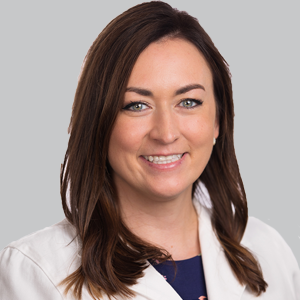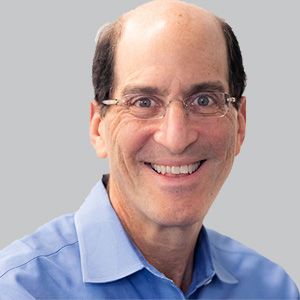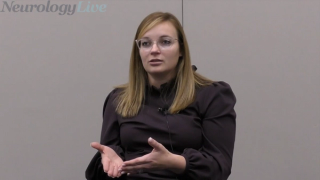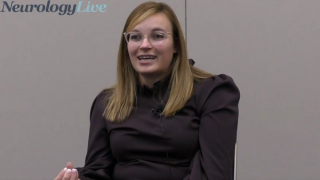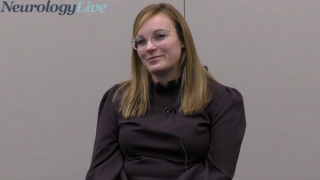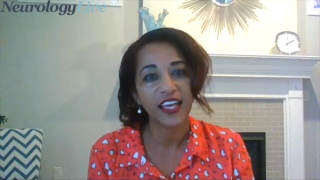
Epilepsy
Latest News
Latest Videos

CME Content
More News

The Palatucci Advocacy Leadership Forum, or PALF, sponsored by the American Academy of Neurology, gives neurologists and trainees tools to successfully advocate for their ideas and develop their identity as physician advocates.

Here's some of what is coming soon to NeurologyLive® this week.

Test your neurology knowledge with NeurologyLive®'s weekly quiz series, featuring questions on a variety of clinical and historical neurology topics. This week's topic is headache and migraine.

The brain monitoring platform can be used in a number of settings, including the ICU and doctor’s offices, to monitor and detect cognitive decline related to neurodegenerative disease, as well as screening in clinical trials.

Take 5 minutes to catch up on NeurologyLive®'s highlights from the week ending November 4, 2022.

Here's some of what is coming soon to NeurologyLive® this week.

Test your neurology knowledge with NeurologyLive®'s weekly quiz series, featuring questions on a variety of clinical and historical neurology topics. This week's topic is epilepsy and seizure disorders.
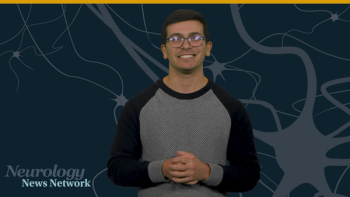
Neurology News Network for the week ending October 28, 2022. [WATCH TIME: 4 minutes]

Take 5 minutes to catch up on NeurologyLive®'s highlights from the week ending October 28, 2022.

Within 5 years after the index date, the lowest proportion of epilepsy diagnoses were among those treated with angiotensin receptor blockers and highest in those on ß-blockers and calcium channel blockers.

Here's some of what is coming soon to NeurologyLive® this week.

Test your neurology knowledge with NeurologyLive®'s weekly quiz series, featuring questions on a variety of clinical and historical neurology topics. This week's topic is the history of the European Committee for Treatment and Research in Multiple Sclerosis.

Take 5 minutes to catch up on NeurologyLive®'s highlights from the week ending October 21, 2022.

Although neurodevelopmental disorders were common in those on antidepressants, the crude hazard ratios were substantially attenuated after adjustment for measured covariates and proxies for unmeasured covariates.

Mark Richardson, MD, PhD, spoke about the successes of thalamic neuromodulation for patients with generalized epilepsy in his presentation at the 2022 Congress of Neurological Surgeons.

Here's some of what is coming soon to NeurologyLive® this week.

Test your neurology knowledge with NeurologyLive®'s weekly quiz series, featuring questions on a variety of clinical and historical neurology topics. This week's topic is Alzheimer disease and dementia.
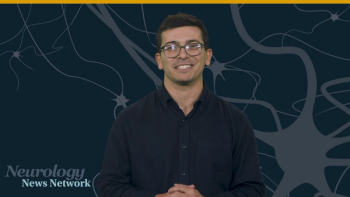
Neurology News Network for the week ending October 15, 2022. [WATCH TIME: 3 minutes]

Take 5 minutes to catch up on NeurologyLive®'s highlights from the week ending October 14, 2022.
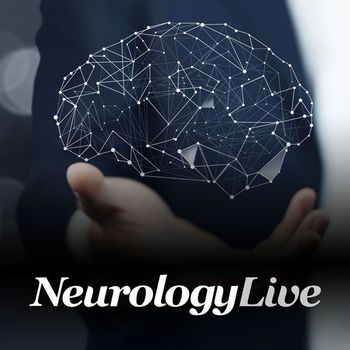
Valproic acid, which had been associated with a variety of major and minor malformations in pregnancy, remained barely unchanged in terms of use, dropping slightly from 12.4% to 10.1% over the 5-year period.

Here's some of what is coming soon to NeurologyLive® this week.

Test your neurology knowledge with NeurologyLive®'s weekly quiz series, featuring questions on a variety of clinical and historical neurology topics. This week's topic is insomnia.

Take 5 minutes to catch up on NeurologyLive®'s highlights from the week ending October 7, 2022.
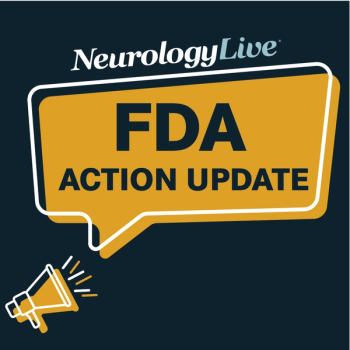
Catch up on any of the neurology news headlines you may have missed over the course of the last month, compiled all into one place by the NeurologyLive® team.

Here's some of what is coming soon to NeurologyLive® this week.

